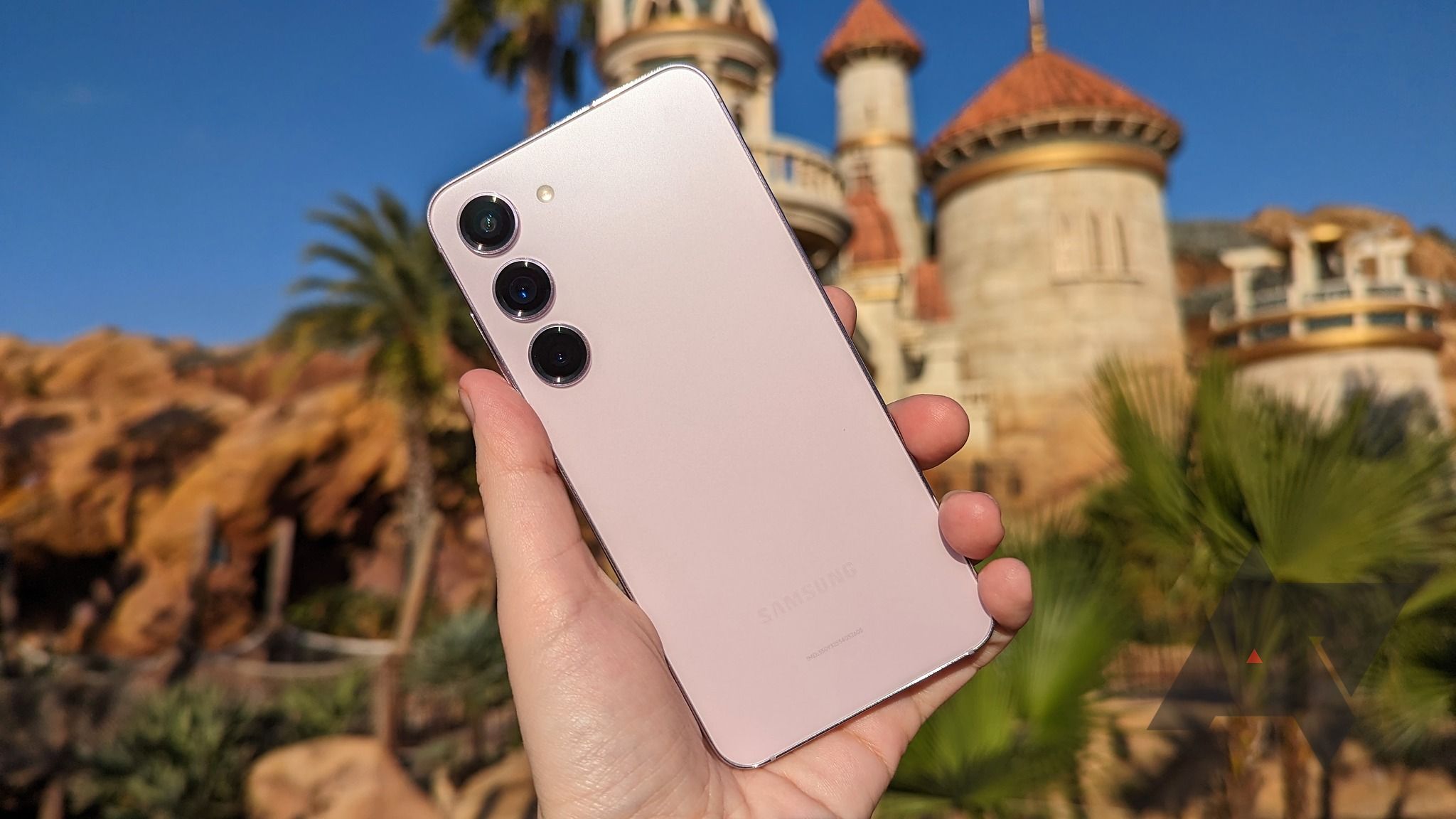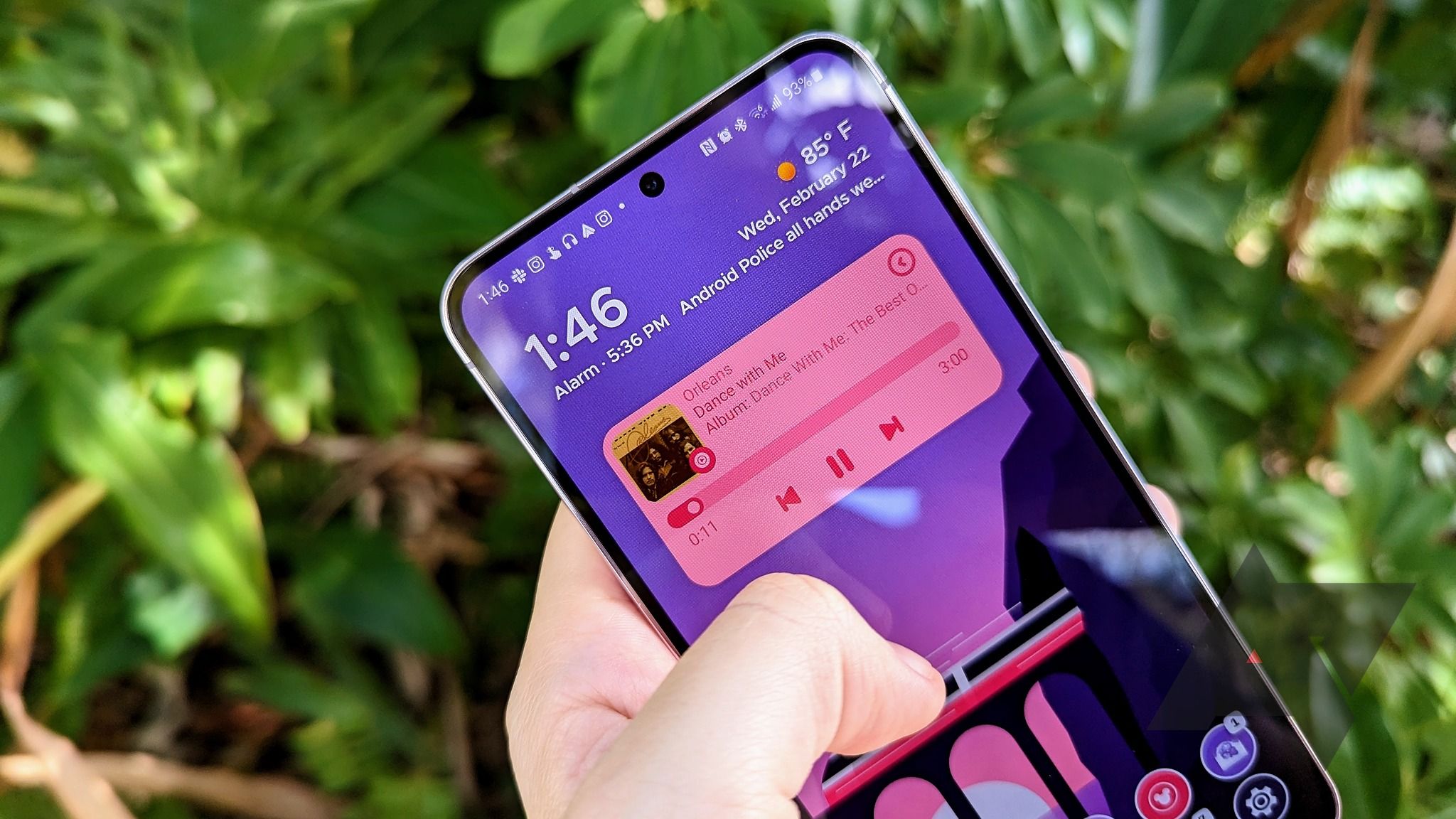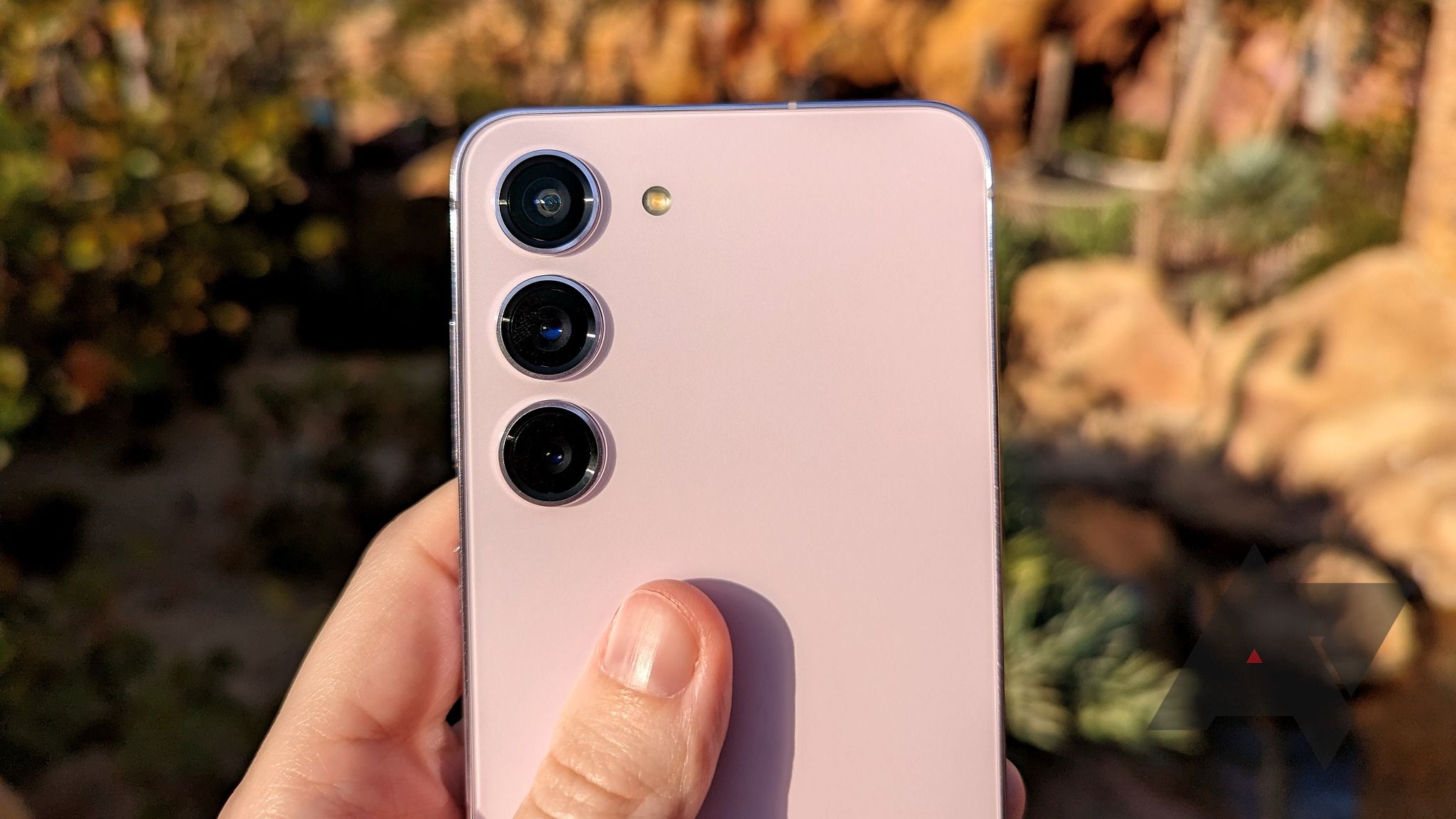I’ve had my Samsung Galaxy S23 for over two years. Historically, I tend to stick to Samsung’s offerings because I love what they do with One UI.
Initially, when I was shopping for my Galaxy upgrade, I considered other options in a similar price range, such as the Pixel 7a and the OnePlus 11.
However, nothing deterred me from sticking to the Galaxy S series, and since I’ve had my Galaxy S23 for a few years, it has become my trusty daily driver that I can rely on in a pinch.
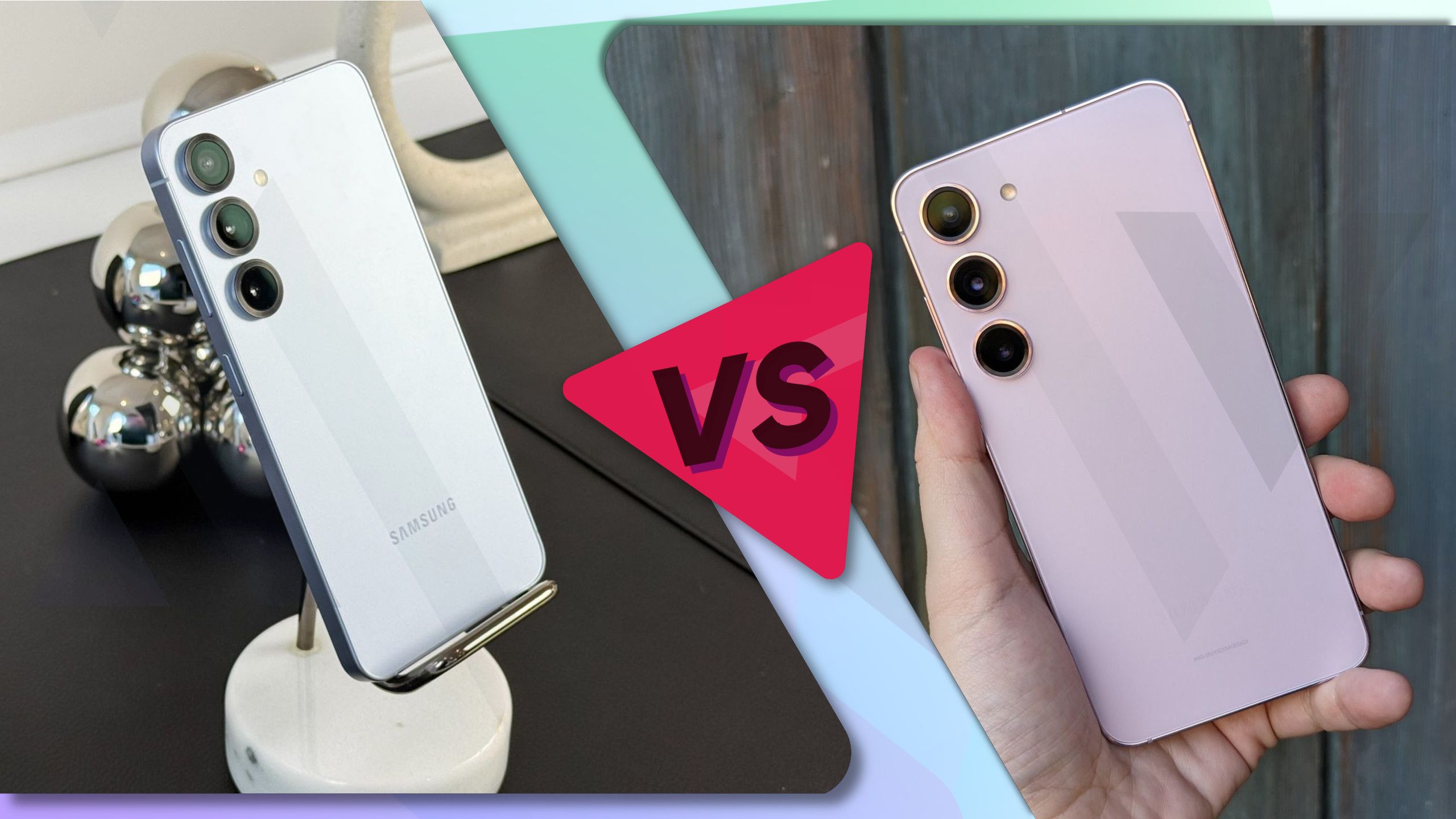
Related
Samsung Galaxy S25 vs. Galaxy S23: Are the upgrades enough?
The Snapdragon 8 Elite headlines the changes
The Galaxy S23 is not too big and not too small
Samsung got the size right
Even though I love big phones (one of my earliest phones was the Samsung Galaxy Note II), it’s not always practical to carry around in my bag or front pocket.
I’ve learned to appreciate smaller screens and use my Chromebook, laptop, and tablet for tasks that require a larger one.
The Galaxy S23 has a 6.1-inch display and weighs around 168g. It’s relatively light, and the screen matches the size of regular iPhone models.
It’s also similar to my previous model, the Galaxy S10, which felt just right (I have tiny hands, so I appreciate it even more). The size is practical, which is why I chose it as my everyday phone.
The Galaxy S23 is well-rounded in usage
It’s an affordable phone that still gives good performance
When shopping for a new phone, I don’t need the best of the best. The Ultra versions, while nice, are often overkill for my needs.
I usually don’t game on my primary phone or use it for strenuous tasks. However, I care about the overall performance, particularly how it handles opening multiple apps. Switching between them needs to feel seamless.
My only ask is that I want my phone to be able to open my messages without delay. Checking my messages is the first thing I do when I use my phone.
If my messages lag, I get mildly frustrated, as it reminds me why I dislike using Microsoft Teams (messages often get sent out of order due to unusual delays).
The Galaxy S23 is powered by the Snapdragon 8 Gen 2 chip, which is a few generations behind the Snapdragon 8 Elite and the 8 Gen 3.
For me, the 8 Gen 3 is the sweet spot for everyday tasks (it is more efficient than the other two). The 8 Gen 2 is a bit behind, but it’s not enough of a jump for me to switch phones (ones powered by the Elite and 8 Gen 3).
Comparatively, I am still considered a simple everyday user. I tend to use my Galaxy S23 for writing short notes in Samsung Notes, recording my steps, listening to music on Spotify and YouTube, and checking my messages.
I dabble with different apps, but none of them are overly demanding in their usage.
So, having better performance on a newer chipset isn’t what would push me to upgrade. It’s the battery life. The Galaxy S23 has a sizable battery at 3,900mAh. It could use some improvement, but for a lower-end S model, it’s solid.
I don’t use Galaxy AI that much anymore
I haven’t found a good reason to use it
Source: Lucas Gouveia/Android Police | fizkes/Shuterstock
Ironically, I was more interested in Galaxy AI when it first launched. It also took time to have my phone opt into the tools. I wanted to try them out and see how useful they would be.
However, I found myself far less interested in the bells and whistles that Samsung’s AI had to offer. If I were to use AI, I’d stick to Gemini or Google Assistant (before it fizzles out). Even then, I would only use it situationally.
Most of my interactions with AI were conducted through apps. I tried multiple apps. Gemini was underwhelming (it is better now), ChatGPT was fairly decent, and Copilot surprised me.
I ended up sticking with Gemini since I knew that I would eventually be the next assistant going forward, whereas I use ChatGPT and Copilot when working on a computer.
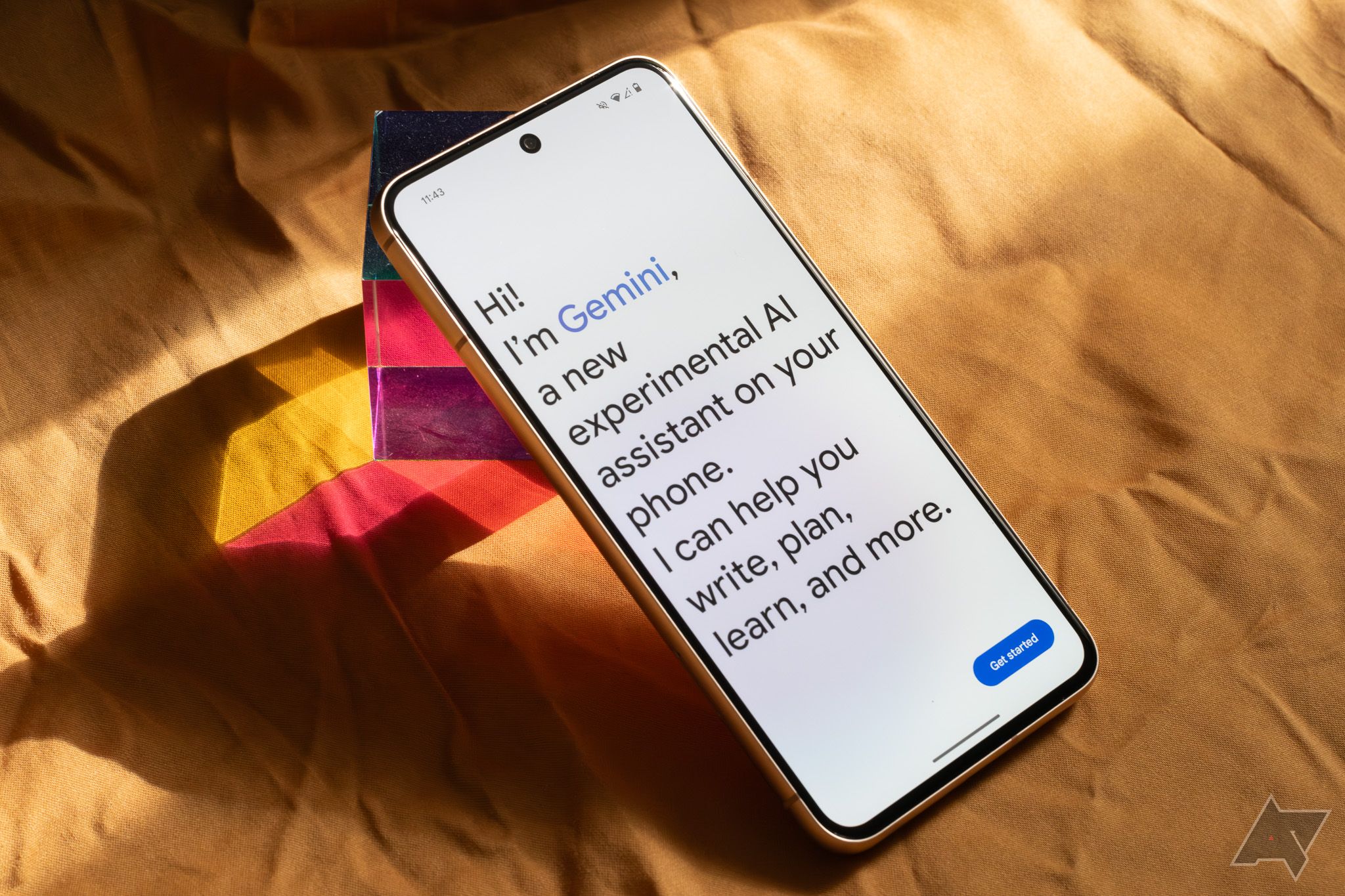
Related
ChatGPT vs. Gemini: Which gives the better answers?
Gemini is bringing ChatGPT some much needed competition
I primarily use AI as a more advanced search tool, allowing me to retrieve a list of resources quickly. Galaxy AI didn’t offer me anything interesting in this area, even for note-taking.
When I write notes on my device, they are brief. I have no interest in using a spellchecker or the formatting and summary tools offered by the AI assistant.
Additionally, I don’t look for AI-generated wallpapers, and I never need any extra image editing for my photos (I have long accepted that I am an amateur photographer).
The Galaxy AI tools are not groundbreaking to me, so I never thought I needed to upgrade from my Galaxy S23 to a newer flagship to access more of these tools.
However, one thing that Samsung has done right with its AI tools compared to others is that they are relatively easy to ignore. You don’t have to use them. You can easily opt out of using Galaxy AI, and that’s been my experience so far with the Galaxy S23.
The Galaxy S23 has a good enough camera
It’s more than serviceable
I am no digital Picasso, but I take a ton of mobile pictures. I don’t need the best camera on my phone, but I like one that doesn’t give me grainy, washed-out photos.
I’ve taken a variety of images with the Galaxy S23, including food, puppy pictures, and family celebrations. You’ll sometimes see me snapping random objects as my way of creating visual reminders for things.
Taking pictures as a pastime matters to me, so I am somewhat particular about my cameras.
My only complaint is the low-light performance of some pictures (this is where the ultra-wide and telephoto lenses fail to deliver).
However, for daytime pictures, my Galaxy S23’s camera doesn’t disappoint. The colors are vivid and aren’t overly saturated, plus the dynamic range seems relatively reasonable.
Overall, I enjoy the consistency of the S23’s camera quality, and my outdoor videos always impress me.
Choosing your daily driver is a personal preference
Choosing the right phone depends on what you need it for. While the top phones are impressive, I would never recommend the most powerful phone to everyone. For me, I prefer a balance. I like more than budget, but I don’t need the Ultra.
The price point plays a role, as the difference in price can dictate whether I want to opt for the Plus model or stick with the base. For my next smartphone, I plan to upgrade to the Galaxy S25+, primarily due to its improved battery life.
I also intend to keep my next phone for longer than three years (I’d like to take advantage of Samsung’s seven-year software promise), so getting a slightly more powerful phone should help get me there.
Source link
